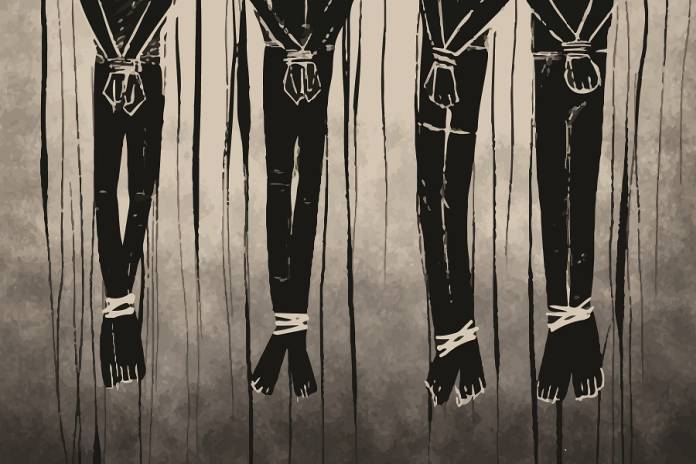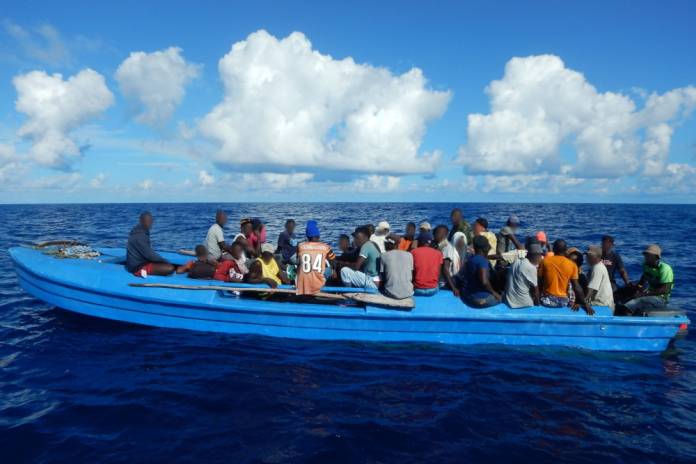
Image: Nathalie Rodriguez
By Indhira Suero
SANTIAGO, Dominican Republic — Santiago is a clean and organised province, adorned with colourful murals in the north of the Dominican Republic. Wendy Osiris, a Haitian of about 35 years, arrived at this place 27 years ago. Once, he was robbed on 15th Street in Gurabo, while he went to buy medicine for his son. “Woe to you if you do not walk with something,” he recalls that the attackers had warned him, pointing a gun at him. Wendy gave them 2,000 pesos and her passport. After this episode, he moved from his house.
In Santiago, February 11, 2015, the body of the shiner Jean Claude Harry “Tulile” was found hanging from a tree and was lynched in the Ercilia Pepín public park. “Tulile is the representation of what can happen to the Haitian community in the Dominican Republic because there is no follow-up.” We were waiting for a real answer because, after the death of Tulile, the Haitian people felt more vulnerable,” said Wendy.
Dominican police officers rejected hatred toward foreigners in this case.
In 2015, in the area of La Otra Banda in Santiago, a crowd tried to lynch a Haitian who broke and burned the Dominican flag. The police prevented him from being murdered. In 2011, in San José de La Mina, south of Santiago, hundreds of people were deported after making sure they were transmitting diseases and not behaving correctly. Some Haitians have been burned, persecuted, murdered and threatened.





